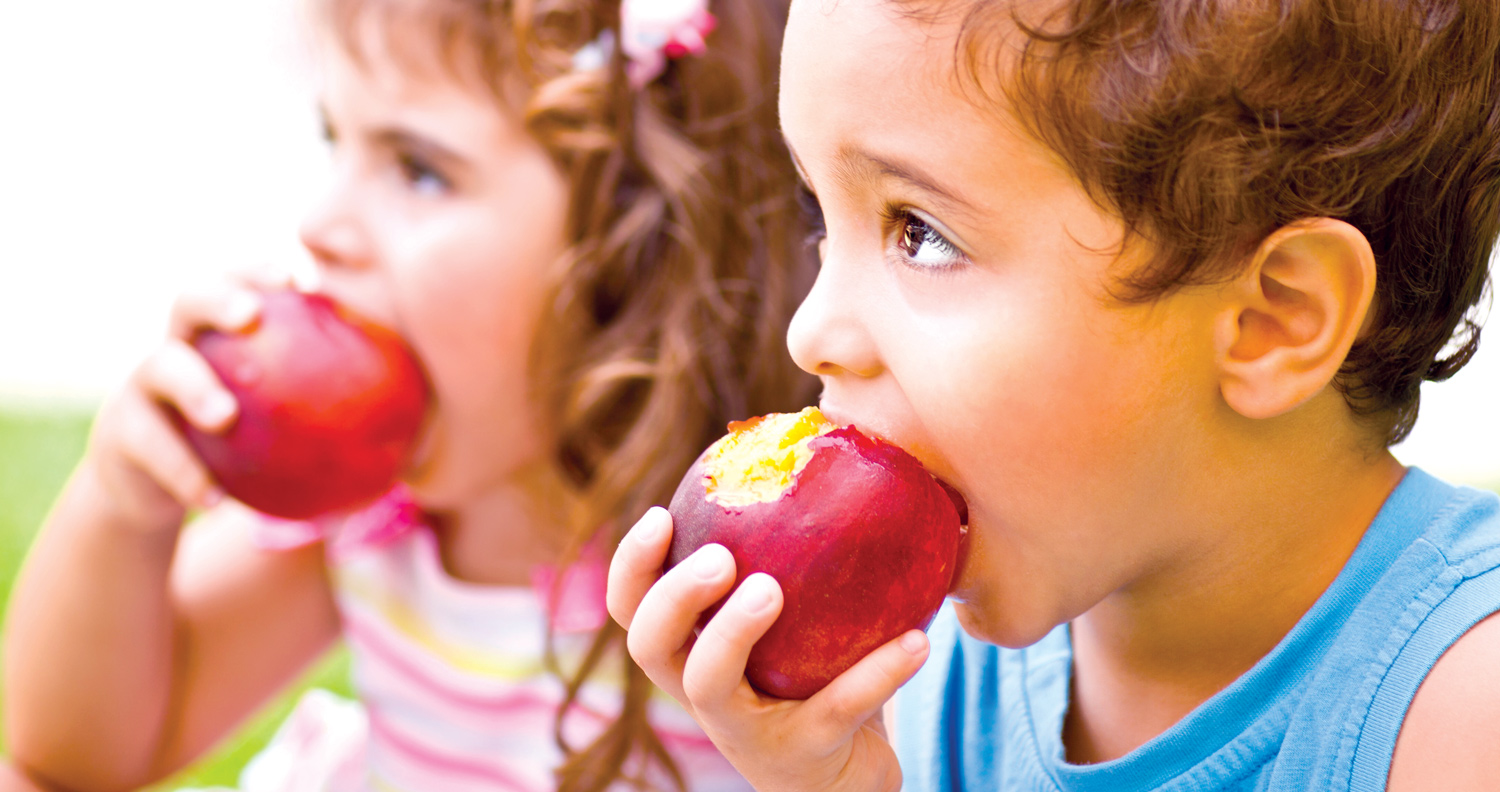 Kids with diabetes should think beyond just carbs, according to Telethon Kids Institute senior dietitian Dr Amelia Harray.
Kids with diabetes should think beyond just carbs, according to Telethon Kids Institute senior dietitian Dr Amelia Harray.
The impact of carbohydrates on blood glucose levels is well known, but emerging evidence suggests people with type 1 diabetes should also consider fat and protein.

Type 1 diabetes is a non-preventable autoimmune condition that affects more than 1200 children in WA, with about 160 new diagnoses every year. Children living with T1D are at increased risk of developing micro and macrovascular complications and therefore are encouraged to maintain their blood glucose levels within a target range through insulin, diet and exercise.
Closely monitoring dietary intake and adjusting insulin doses accordingly is at the core of diabetes management. Yet, despite advancements in diabetes technology, including continuous glucose monitoring and insulin pumps, high blood-glucose levels (BGL) after eating remain a challenge for many families.
Dietary fat and protein
Until recently, the key focus of BGL management in T1D was calculating the amount of carbohydrate eaten and bolusing insulin accordingly. However, there is a strengthening body of evidence suggesting that fat and protein also impact BGLs, causing delayed hyperglycaemia for up to 10 hours after eating.
This is becoming more widely acknowledged, with the International Society for Pediatric and Adolescent Diabetes and the American Diabetes Association promoting the consideration of extra insulin when eating these meals.
A survey of 100 families attending the Diabetes Service at Perth Children’s Hospital found foods high in fat and protein such as pizza were commonly reported as ‘challenging’ foods to control blood glucose levels after eating.
The mechanisms causing the delayed rise in BGLs have been relatively unexplored in children and adolescents with T1D, yet varying rates of gastric emptying may be a key factor.
Gastric emptying rates can vary from 1-4 kcal/minute, influencing the timing of insulin required after meals, but is not yet routinely measured in diabetes care. More research is needed in this area to inform clinical practice and further personalise diabetes management.
Recommendations
Dietary education and messaging for children with T1D must be tailored to the individual. If dietary fat and protein are causing BGLs to remain elevated, current recommendations range from swapping to healthier food alternatives, continuing to bolus insulin before eating, using a dual-wave function on an insulin pump or split insulin dose, and/or adding approximately 15-20% more insulin.
However, this area is rapidly evolving, and clinicians are encouraged to ‘watch this space’.
Australian children consume excessive amounts of high-fat, high-protein foods. More than 40% of the daily energy (kilojoules) consumed by children and adolescents is from discretionary foods, which are high in energy and low in nutrients.
Discretionary foods are not needed for good health and limiting these foods to only occasionally and in small amounts can reducerisk of obesity, cardiovascular disease and type 2 diabetes. This is particularly important for children living with T1D, as they are at increased risk of micro and macrovascular health complications.
Focus on healthy eating
Although kids with T1D need to consider and count macronutrients to adjust insulin, dietary recommendations should focus on healthy eating principles and be food-based. People do not consume nutrients in isolation but eat meals and snacks containing a combination of micro and macronutrients (carbohydrate, fat, protein).
The Australian Dietary Guidelines recommend children consume a variety of fruits, vegetables, grains and cereals, milk, cheese and yoghurt, lean meat and meat alternatives. These food-based recommendations also apply to children and adolescents with T1D.
When it comes to fat and protein in T1D, similar messages apply. Rather than prioritising education on how best to bolus insulin for a hamburger and chips, trying to work with families to make a healthy homemade burger with baked chips.
Children’s Diabetes Centre
This translational research centre at Telethon Kids Institute and Perth Children’s Hospital is investigating high-fat, high-protein foods and T1D.
This includes studies looking at the variability in blood glucose responses, the amount and delivery pattern of insulin required to maintain BGLs after eating meals high in fat and protein, the evaluation of resources and education methods used to inform families about fat and protein and the role of glucoregulatory hormones on BGLs after eating.
Further research includes evaluating models of care to enhance management of children with diabetes. Evidence-based nutrition also requires evidence-based methods of sharing the information.
Key messages
- Nutrition education for families living with T1D needs to be tailored to the glycaemic responses of the children
- Children and adolescents with T1D are still encouraged to count carbohydrate in a meal and bolus insulin before eating.
ED: Dr Harray (PhD) is Senior Research Fellow and Dietitian at TKI’s Children’s Diabetes Centre.

